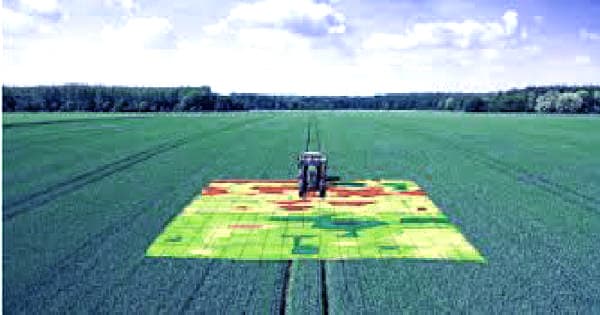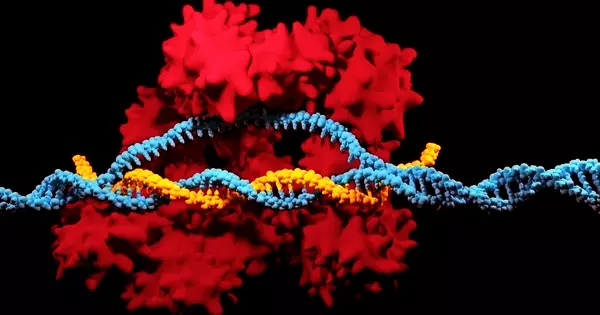A liquid nitrogen vehicle is propelled by liquid nitrogen held in a tank. It’s a vehicle that runs on liquid nitrogen as its primary fuel or as part of its powertrain system. Traditional nitrogen engine designs heat liquid nitrogen in a heat exchanger, extract heat from the surrounding air, and use the resulting pressurized gas to power a piston or rotary motor. At atmospheric pressure, liquid nitrogen is an extremely cold cryogenic liquid that boils at around -196 degrees Celsius (-321 degrees Fahrenheit). It is widely used in a variety of industrial and scientific applications, such as freezing and preserving biological samples, as well as some cooling systems.
Liquid nitrogen propulsion can also be used in hybrid systems, such as battery electric propulsion with fuel tanks to recharge the batteries. This type of system is known as a hybrid liquid nitrogen-electric propulsion system. This system can also be used in conjunction with regenerative braking. Liquid nitrogen-powered vehicles have been demonstrated, but they are not commercially available. Liquid Air, one such vehicle, was demonstrated in 1902.
The concept of using liquid nitrogen as a vehicle fuel source is based on its ability to store and release energy as it transitions from liquid to gas. When liquid nitrogen vaporizes, it expands rapidly, generating mechanical power that can then be converted into motion.
The exhaust gas from a liquid nitrogen vehicle is simply nitrogen, a component of air, so there is no localized air pollution in the tailpipe emissions. This does not make it completely pollution-free, because energy was required to liquify the nitrogen in the first place, but that liquification process can be separated from vehicle operation and could, in theory, be powered by renewable or clean energy sources.
However, there are several challenges associated with using liquid nitrogen as a vehicle fuel:
- Energy Density: When compared to conventional fuels such as gasoline or diesel, liquid nitrogen has a relatively low energy density. This means that a large volume of liquid nitrogen is required to provide the same amount of energy, which causes storage and vehicle design issues.
- Storage and Handling: Liquid nitrogen must be stored at extremely low temperatures, necessitating the use of specialized and well-insulated storage tanks. Handling such cold substances also raises safety concerns.
- Infrastructure: Building a widespread refueling infrastructure for liquid nitrogen vehicles would necessitate significant investment and technological advancement, as existing refueling stations are not equipped to handle cryogenic fuels.
- Environmental Impact: While liquid nitrogen itself is non-toxic, its production often involves energy-intensive processes, which could impact its overall environmental friendliness depending on the source of energy used.
- Efficiency: The process of converting liquid nitrogen’s stored energy into useful mechanical work involves several stages of energy conversion (vaporization, expansion, mechanical work), which can result in energy losses and reduced overall efficiency.
















